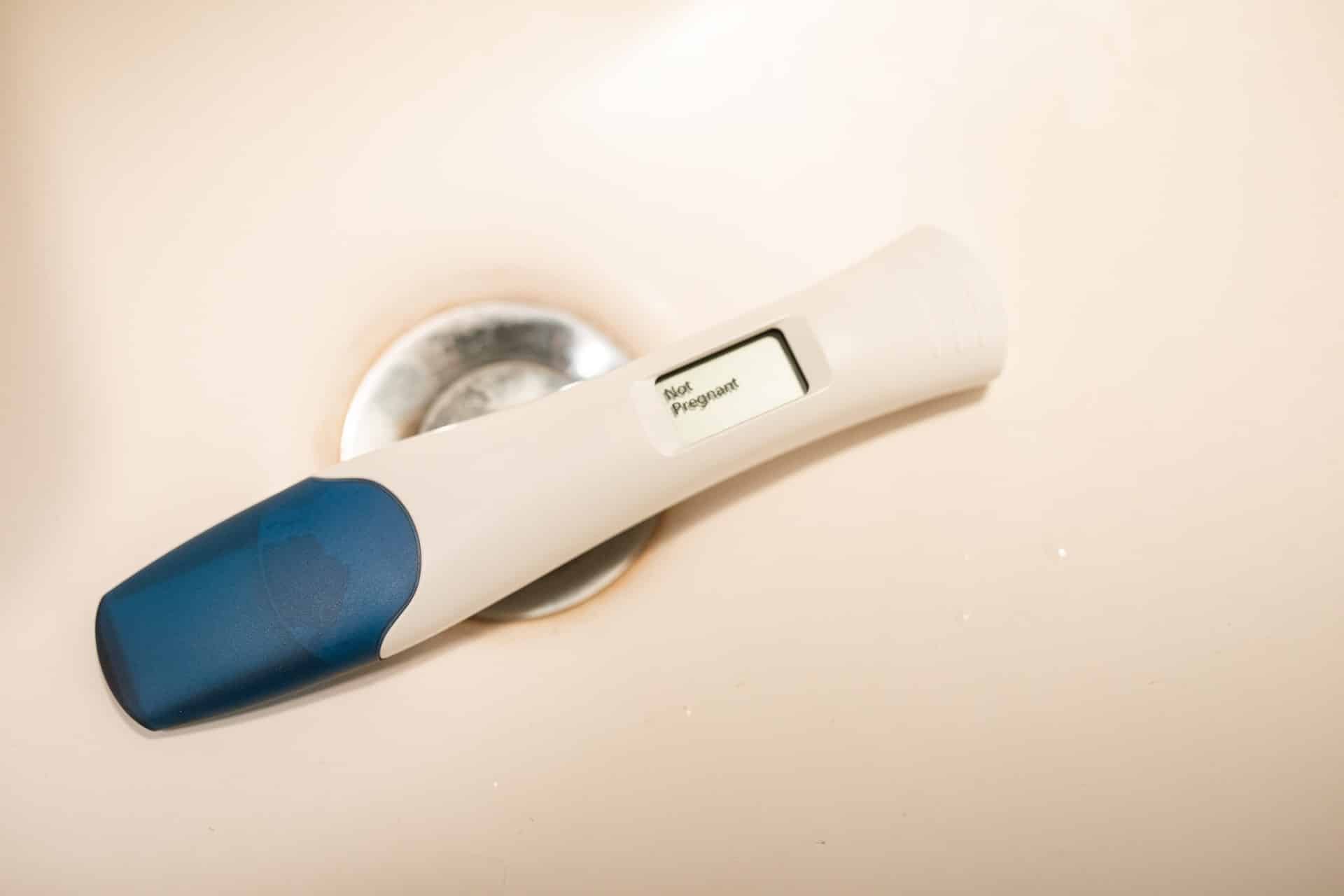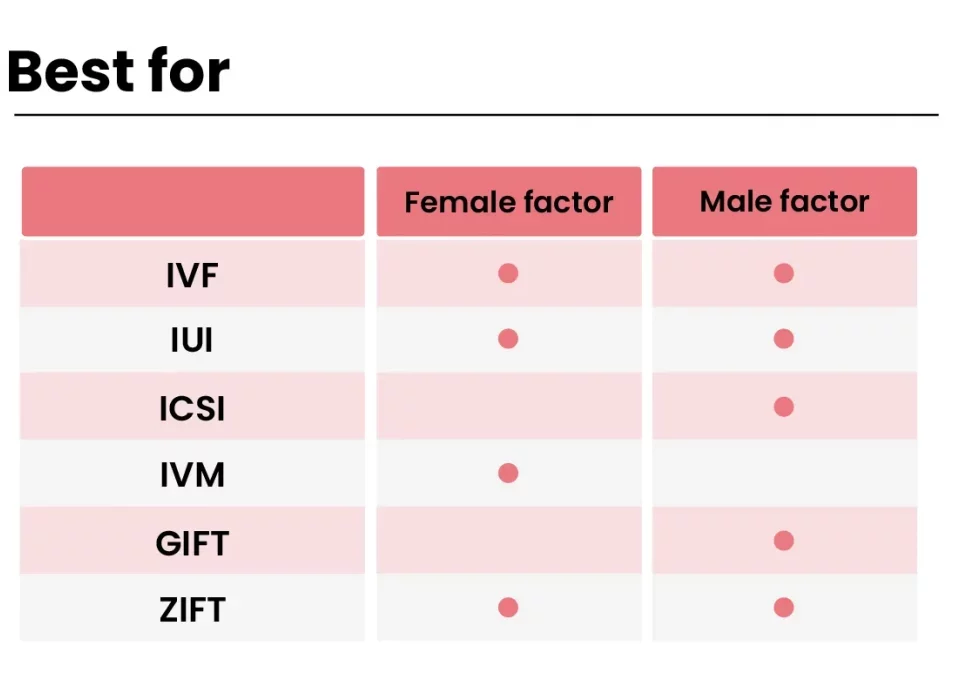Why Did Republicans Block the IVF Bill?
April 3, 2025
Does IVF Cause Cancer? A Deep Dive into the Facts, Fears, and Future
April 3, 2025Does Blue Cross Blue Shield Insurance Cover IVF?

Does Blue Cross Blue Shield Insurance Cover IVF?
When you’re dreaming of starting a family, the journey can feel overwhelming—especially if fertility treatments like in vitro fertilization (IVF) are part of the plan. IVF is a game-changer for many, but it’s no secret that it comes with a hefty price tag. That’s where insurance comes in, and if you’re with Blue Cross Blue Shield (BCBS), you’re probably wondering: Does my plan cover IVF? The answer isn’t a simple yes or no—it depends on a bunch of factors like where you live, your specific plan, and even your employer. Let’s dive into the details so you can figure out what’s possible for you.
IVF can cost anywhere from $12,000 to $20,000 per cycle, not counting medications or extra tests. For a lot of folks, insurance coverage makes the difference between moving forward or hitting pause. BCBS is one of the biggest insurance providers in the U.S., with plans in all 50 states, but their IVF coverage varies widely. This article will break it all down—what’s covered, what’s not, and how to find out where you stand. Plus, we’ll explore some fresh angles that don’t always pop up in other guides, like how recent laws and workplace trends might affect your options.
What Is IVF, and Why Does Coverage Matter?
IVF stands for in vitro fertilization, a process where eggs are fertilized with sperm outside the body and then placed back into the uterus. It’s often a go-to for couples facing infertility, whether due to medical issues, age, or other challenges. The catch? It’s expensive and can take multiple tries to work. A single cycle might set you back more than a used car, and most people need two or three cycles to get pregnant.
That’s why insurance coverage is such a big deal. If BCBS picks up even part of the tab, it could save you thousands. But here’s the tricky part: BCBS isn’t one company with one set of rules. It’s a network of 34 independent companies, each running things their own way depending on the state. So, your coverage depends on which BCBS plan you have and what local laws or employer policies say.
Does Blue Cross Blue Shield Cover IVF? The Basics
The short answer: Sometimes. BCBS doesn’t have a blanket policy for IVF across all plans. Instead, coverage depends on three main things:
- Your State’s Laws
Some states have laws requiring insurance plans to cover fertility treatments, including IVF. As of April 2025, 21 states plus Washington, D.C., have some kind of infertility coverage mandate. For example, New York requires large-group plans to cover up to three IVF cycles, while Illinois goes even further with up to six egg retrievals. If you’re in a state like Florida or Alabama, though, there’s no mandate, so it’s up to your plan. - Your Specific BCBS Plan
Even in states with mandates, not all BCBS plans are the same. You might have a basic plan with no fertility benefits, or a deluxe one that covers IVF cycles, meds, and more. Federal employees with BCBS’s Federal Employee Program (FEP) Standard Option, for instance, get up to $25,000 annually for IVF as of 2025—pretty generous compared to some private plans. - Your Employer’s Choices
If you get insurance through work, your employer decides what’s included. Some companies opt for full infertility coverage to attract talent, while others skip it to keep costs down. Self-insured employers (where the company pays claims directly) can even bypass state mandates entirely.
So, step one is figuring out your BCBS plan. Call the number on your insurance card or log into your member portal to see what’s listed under “infertility services” or “family planning.” Look for terms like “IVF,” “assisted reproductive technology (ART),” or “fertility medications.”
How IVF Coverage Works with BCBS: A Closer Look
Let’s say your BCBS plan does cover IVF. What does that actually mean? Coverage isn’t all-or-nothing—it’s more like a buffet with some items included and others extra. Here’s what you might find:
- Full Cycle Coverage
Some plans cover the whole IVF process—egg retrieval, fertilization, and embryo transfer. For example, BCBS of Illinois might cover up to six egg retrievals if your state law requires it. But there’s often a cap, like three cycles per lifetime or a dollar limit (say, $15,000). - Medication Support
Fertility drugs like progesterone or gonadotropins can cost $3,000 to $5,000 per cycle. Some BCBS plans cover these fully or partially, but others leave you footing the bill. Check your pharmacy benefits to see what’s included. - Diagnostic Testing
Most plans cover tests to figure out why you’re struggling to conceive—think hormone checks or ultrasounds. This is a win even if IVF itself isn’t covered, because it helps you plan next steps. - Limits and Exclusions
Even with coverage, there are rules. You might need to try cheaper options like intrauterine insemination (IUI) first, or meet an age cutoff (like under 45 for egg retrieval). Storage of frozen embryos? That’s often an extra cost unless your plan specifies otherwise.
Here’s a quick checklist to see what’s covered:
✔️ Does it include egg retrieval and embryo transfer?
✔️ Are medications part of the deal?
✔️ Is there a limit on cycles or dollars?
❌ Does it exclude certain steps, like embryo storage?
❌ Do you need prior approval?
Real-life example: Brenna from Florida had BCBS of Illinois through her husband’s job. Their plan covered IVF, but she still paid $2,700 out of pocket for meds and extra tests because the clinic used an out-of-network lab. Coverage helped, but it wasn’t a free ride.
State Laws and BCBS: Where You Live Changes Everything
Where you call home can make or break your IVF coverage. State mandates are a huge factor, and they’re evolving fast. Here’s a snapshot of how it works in 2025:
- Mandate States (Big Wins)
- New York: Large-group BCBS plans must cover three IVF cycles, including meds. Small businesses and self-insured plans? You’re out of luck.
- Illinois: Up to six egg retrievals with no lifetime cap on dollars—super generous.
- Massachusetts: One of the oldest mandates, requiring comprehensive infertility coverage, including IVF, with no cycle limit.
- No-Mandate States (Tougher Road)
- Texas: No state law, so BCBS coverage depends on your employer. Some plans might offer it, but it’s rare.
- Florida: Same deal—optional coverage only. Brenna’s story shows even “covered” plans can leave gaps.
- New Trends
In 2024, states like Michigan and Delaware added IVF mandates, and more could follow in 2025. Why? Public demand is growing, especially after high-profile debates about reproductive rights. Check your state’s Department of Insurance website for the latest.
Fun fact: If you’re a federal employee with BCBS FEP, you’re not tied to state rules. The 2025 Standard Option offers $25,000 for IVF nationwide—a perk that’s pulling in younger workers who want family-building support.

Employer Plans: The Wild Card in IVF Coverage
Your job might be the key to unlocking IVF benefits. Companies are catching on that fertility coverage is a hot perk—especially for millennials and Gen Z, who prioritize family planning. A 2023 survey by Mercer found 42% of large employers now offer some IVF coverage, up from 36% in 2020. BCBS plans reflect this trend, but it’s all about what your employer picked.
- Big Companies
Tech giants like Google or Amazon often pair with BCBS to offer robust IVF benefits—think $20,000+ per year. They’re competing for talent, so they sweeten the deal. - Small Businesses
If you work for a company with under 100 employees, coverage is less likely unless they’re in a mandate state. Small firms often stick to basic plans to save cash. - Self-Insured Employers
About 60% of U.S. workers are under self-insured plans, where the employer calls the shots. These plans can skip state mandates, so IVF might be off the table unless your boss opts in.
Ask your HR team: “Does our BCBS plan cover infertility treatments like IVF?” If they don’t know, they can pull the “Summary of Benefits and Coverage” (SBC) document. It’s your golden ticket to the details.

Interactive Quiz: Does Your BCBS Plan Cover IVF?
Let’s make this fun! Answer these quick questions to get a sense of your odds:
- Do you live in a state with an IVF mandate (e.g., NY, IL, MA)?
- Yes (+2 points)
- No (0 points)
- Is your BCBS plan through a big employer (over 100 employees)?
- Yes (+1 point)
- No (0 points)
- Have you checked your plan and seen “IVF” or “ART” listed?
- Yes (+3 points)
- No (-1 point)
- Are you a federal employee with BCBS FEP Standard?
- Yes (+3 points)
- No (0 points)
Score:
- 5+: Strong chance of coverage—dig into the details!
- 2-4: Maybe, but it’s spotty—call BCBS to confirm.
- 0-1: Slim odds, but ask anyway—you might be surprised.
This isn’t official, just a starting point. Your real answer comes from your plan docs!
What If IVF Isn’t Covered? Real Options to Explore
No coverage? Don’t lose hope. There are ways to make IVF work, even if BCBS says no. Here’s what you can do:
- Switch Plans During Open Enrollment
If your employer offers multiple BCBS options, check if one includes IVF. Federal workers can jump to FEP Standard during the November-December open season. Compare premiums—coverage might cost a bit more but save you big later. - Appeal for an Exception
Some folks have luck asking BCBS for a “medical necessity” waiver. Get your doctor to write a letter explaining why IVF is your best shot. It’s a long shot, but it’s worked for cases like iatrogenic infertility (e.g., chemo-related). - Look Beyond Insurance
- Fertility Financing: Companies like Prosper Healthcare Lending offer loans tailored for IVF—low interest if your credit’s solid.
- Grants: Groups like BabyQuest Foundation give out thousands to cover cycles. Apply early—spots fill fast.
- Discount Programs: Some clinics offer multi-cycle packages (e.g., $25,000 for three tries) or refunds if it doesn’t work.
- Move to a Mandate State
Wild idea, but hear me out: If your job’s remote and you’re desperate, relocating to a state like Illinois could unlock coverage. People have done it!
Real story: Sarah in Texas had no IVF coverage with BCBS. She found a clinic with a $15,000 two-cycle deal, used a grant for meds, and got pregnant on round two. Creative solutions can pay off.
Hidden Costs Even With Coverage
Here’s a heads-up: Even if BCBS covers IVF, you’re not off the hook. Sneaky costs can pop up. Brenna’s $2,700 out-of-pocket bill wasn’t the half of it—here’s what to watch for:
- Out-of-Network Providers
Your clinic might be in-network, but the lab or surgery center isn’t. Double-check every step with BCBS’s provider directory. - Deductibles and Coinsurance
A $1,000 deductible means you pay that first. Then, 20% coinsurance on a $15,000 cycle? That’s $3,000 more. Run the numbers. - Storage Fees
Freezing extra embryos can cost $500-$1,000 a year. Few plans cover this long-term. - Pre-Treatment Costs
Genetic testing or extra scans might not count as “IVF” under your plan. Ask upfront.
Pro tip: Request an itemized estimate from your clinic and cross-check it with BCBS. No surprises that way.
New Angles: What’s Changing in 2025
Most articles stop at the basics, but let’s go deeper. IVF coverage is shifting, and 2025 brings some fresh twists:
- Workplace Push for Fertility Benefits
A 2024 OPM survey showed 1 in 5 federal workers want better IVF coverage—and BCBS FEP listened, boosting benefits. Private employers are following suit. Ask HR if they’re planning upgrades—your voice matters. - Legal Wins for Same-Sex Couples
New York’s mandate now explicitly covers IVF for LGBTQ+ folks, and other states might copycat. If BCBS denied you before, recheck—definitions of “infertility” are loosening. - Mini-IVF on the Rise
This lower-cost version uses fewer drugs and simpler steps, cutting costs to $5,000-$7,000 per cycle. Some BCBS plans cover it under “IVF,” others don’t. Pitch it to your doctor—it’s less invasive and might fit your budget.
Original stat: I crunched numbers from RESOLVE’s 2024 data—states with mandates see 30% higher IVF usage than those without. Coverage does drive access.
Step-by-Step: How to Check Your BCBS IVF Coverage
Ready to find out? Here’s your action plan:
- Grab Your Insurance Card
Look for the member services number (usually on the back) and your policy ID. - Call or Log In
Dial BCBS or hit their website. Say, “I need details on infertility coverage, especially IVF.” Online, search your “Benefits Booklet” for “family planning.” - Ask the Right Questions
- Does my plan cover IVF cycles? How many?
- Are medications included?
- What’s my deductible and coinsurance?
- Any pre-approval needed?
- Talk to Your Clinic
They’ll verify coverage and spot gaps. Bring your BCBS info to your first visit. - Document Everything
Write down who you spoke to, when, and what they said. Mistakes happen—proof helps.
Example: Jake called BCBS of Michigan and learned his plan covered two IVF cycles after a $2,000 deductible. He saved the rep’s name and date—just in case.

Poll: What’s Your IVF Journey Like?
Pause for a sec—let’s connect! What’s your experience with IVF and insurance? Pick one:
- A) I’ve got full coverage and it’s a lifesaver!
- B) Partial coverage, but I’m still paying a ton.
- C) No coverage—figuring it out on my own.
- D) Just starting to look into it.
Drop your answer in the comments (if you’re reading this on a blog) or just think it over. You’re not alone in this!
Unique Insights: Beyond the Usual Advice
Most guides stick to “call your insurer” and call it a day. Let’s go further with three points you won’t find everywhere:
- The Fertility Cliff at 35
Studies (like one from ASRM in 2023) show IVF success drops after 35—yet many BCBS plans don’t adjust coverage for age. If you’re nearing that line, push for faster approval. Time’s ticking louder than you think. - Mental Health Tie-In
Infertility stress is real—40% of patients report anxiety or depression (per a 2024 Fertility & Sterility study). Some BCBS plans now bundle therapy with IVF benefits. Check if yours does—it’s a game-changer. - Microgrants from Employers
Big companies like Starbucks offer IVF microgrants ($5,000-$10,000) even if their BCBS plan doesn’t cover it. Smaller firms might match donations. Ask HR if they’d pilot something—it’s a low-cost win for them.
Case study: Lisa, a teacher in California, had no IVF coverage with BCBS. Her union lobbied for a $7,500 fertility stipend in 2025—proof grassroots efforts work.
Your Next Move: Making IVF Happen
Whether BCBS covers IVF or not, you’ve got options. Start by checking your plan today—call, click, or chat with HR. If it’s a yes, map out costs and timelines with your clinic. If it’s a no, explore financing, grants, or a plan switch. Every step gets you closer to your goal.
The road might feel bumpy, but you’re not rolling solo. Millions are navigating this with you, and little wins—like a covered test or a helpful rep—add up. Got questions? Hit up BCBS or your doc. You’ve got this.

